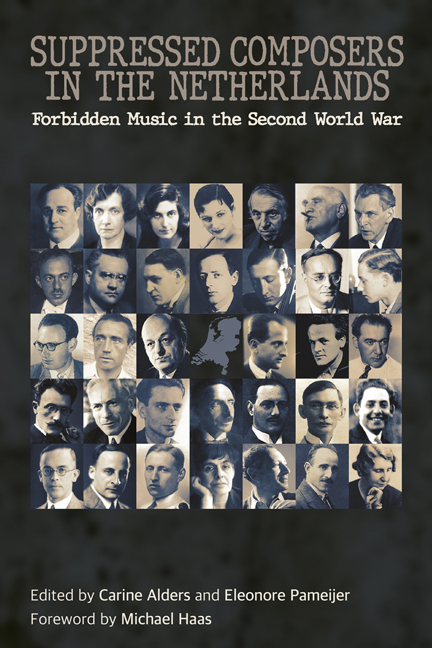26 - Paul Seelig
Published online by Cambridge University Press: 09 May 2024
Summary
Paul Seelig was born in Dortmund on 23 February 1876, the oldest in a family of seven children. They lived in Breda, in the Netherlands, where his father Johann was an orchestral musician, but Johann wanted to try his luck elsewhere, and so in July 1880 the family moved to Batavia (today Jakarta), the capital of the Dutch East Indies, and afterwards to Semarang, the capital of Central Java province. Johann was appointed Kapellmeister of the Stafmuziek (national military orchestra) and in due course he started his own piano and music business, J. H. Seelig & Son.
At the age of six, Paul was given his first violin and piano lessons by his father. Within a few years he was able to play on different instruments in the orchestras his father conducted, with the musical challenges enhanced by the danger of a slap from his father if he made mistakes. Neither the climate nor the arduous work were beneficial to his health, and he became sickly. His father decided that his two sons, Paul and Willy, should have a proper musical education at a German conservatoire.
They enrolled in 1890 at the Leipzig Conservatoire, an institution rich with tradition and with excellent teachers. Paul chose the cello as his main instrument. After their final examination, the boys returned to the Dutch East Indies. Paul settled in Semarang and began teaching privately: cello, violin, piano and theory. In 1895, he moved to Salatiga, a mountain village with a relatively cool climate, not too far from the Court of Surakarta, where he taught music. Surakarta is a city in central Java, colloquially known as Solo (after a village, Sala, over which the city was built in 1745). The Sunan (equivalent to Sultan) of Surakarta had his palace there, but although the Sunanate was generally considered a vassal state under Dutch rule, it was accorded considerable autonomy. The money Seelig earned from teaching and performing with his father's sextet allowed him to return to Europe for additional musical studies, and he then also worked as a cellist and conductor in Germany. In June 1899, the steamship Soembing brought him back to the Dutch East Indies.
At that point, the Surakarta Court decided to establish its own orchestra and Seelig was appointed as its Kapellmeister. Under his guidance, a group of twenty Javanese musicians developed steadily into an impressive orchestra, known as the Solo Court Orchestra or Kepatihan Orchestra. The repertoire included both dance music and works by the main classical composers.
- Type
- Chapter
- Information
- Suppressed Composers in the NetherlandsForbidden Music in the Second World War, pp. 239 - 246Publisher: Boydell & BrewerPrint publication year: 2024



